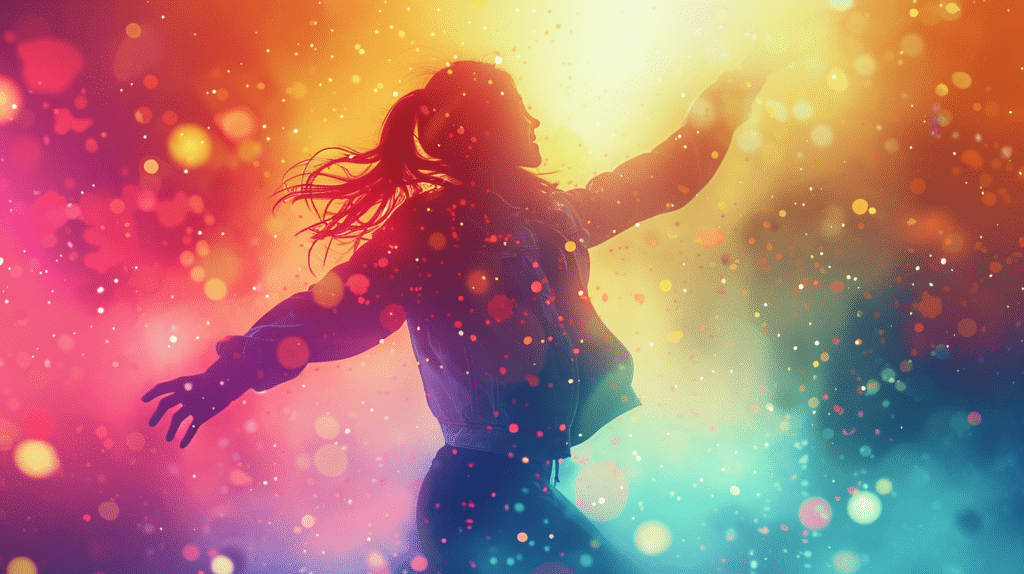Music, Movement, and Messaging in Storytelling

In visual storytelling, integrating movement, music, and messaging forms a powerful combination.
Music shapes emotions, movement enhances visuals, and messaging conveys meaning.
Camera movement directs focus and evokes emotions, harmonizing with messaging to guide understanding.
Choreographed movements amplify emotional impact and connect with viewers.
This trifecta captivates audiences by enhancing narratives and creating engaging experiences.
The seamless blend of these elements elevates storytelling to resonate deeply with the audience, making each component essential for impactful communication.
Table of Contents
The Power of Music in Videos
Frequently overlooked but undeniably influential, music plays a pivotal role in video production by greatly shaping the emotional impact and viewer engagement within the visual narrative.
Music contributes immensely to the desired emotionality of videos, setting the tone, establishing emotional connections, and enhancing storytelling.
It serves as a powerful tool to guide the audience’s emotions and reactions, making the content more memorable and impactful.
The right music can evoke specific feelings, enhance the overall viewing experience, and create a lasting impression on the audience.
Choosing the appropriate music to accompany visuals is vital in eliciting the intended emotional response, underscoring the importance of music selection and composition in video production.
Enhancing Visuals With Movement
Building upon the profound impact of music in videos, the incorporation of intentional movement serves as a vital tool for enhancing visual storytelling and engaging audience attention.
Movement in video production transcends mere motion; it adds layers of meaning, emotion, and depth to the visual narrative.
By strategically integrating movement, videographers can create visual interest, guide viewers’ focus, and convey intention and emotion effectively.
Whether through panning, tracking, or dynamic subject movements, the careful choreography of motion can transform a static scene into a lively and engrossing experience.
Therefore, movement not only complements the audio-visual elements but also plays an essential role in conveying the message, enhancing the viewer’s engagement, and elevating the overall impact of the video.
Leveraging Camera Movement Strategically
Utilizing precise and intentional camera movements is a cornerstone of effective visual storytelling in video production.
Camera movement can greatly enhance the impact and engagement of a video.
Here are five key points to ponder when leveraging camera movement strategically:
- Directing Attention: Camera movements can steer the viewer’s focus to key elements.
- Creating Dynamics: Dynamic camera movements add energy and excitement to the visuals.
- Enhancing Transitions: Smooth camera movements can improve the flow between scenes.
- Conveying Emotions: Camera movements can evoke specific emotions in the audience.
- Building Suspense: Strategic camera movements can build tension and create suspenseful moments.
Harmonizing Movement and Messaging
In the domain of video production, the smooth integration of movement and messaging forms the foundation for compelling and emotionally resonant visual storytelling.
When harmonizing movement and messaging, it is essential to make sure that every movement serves a purpose in conveying the intended message effectively.
Movement should complement the narrative, enhancing the emotional impact and guiding the viewer’s understanding.
Emotionalizing Messages Through Movement
When infusing messages with emotion through movement in video production, the strategic choreography of on-screen actions plays a pivotal role in engaging and connecting with the audience.
- Movement amplifies the emotional impact of the message
- Expressive gestures can convey subtle nuances of emotion
- Dynamic movements create a sense of energy and urgency
- Pauses and stillness can enhance dramatic effect
- Choreographed movements can evoke specific emotional responses
Share:
Search our blog:
Follow us on:
